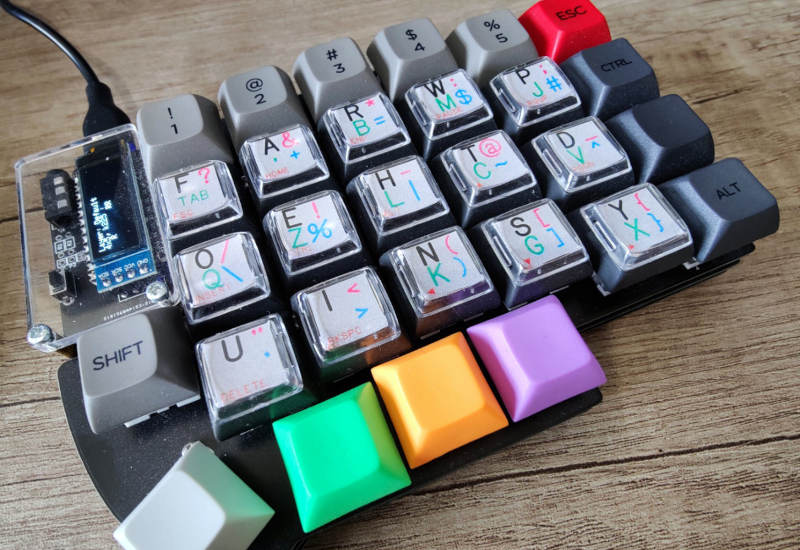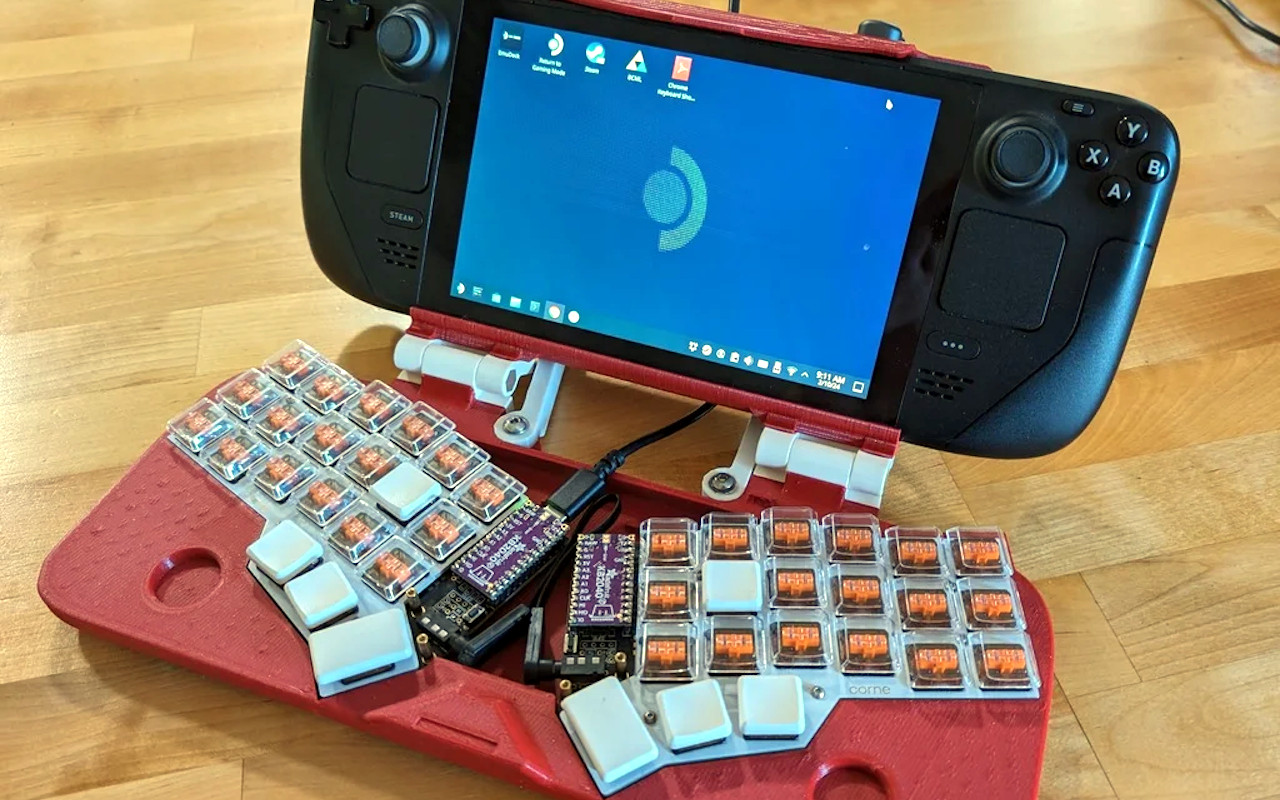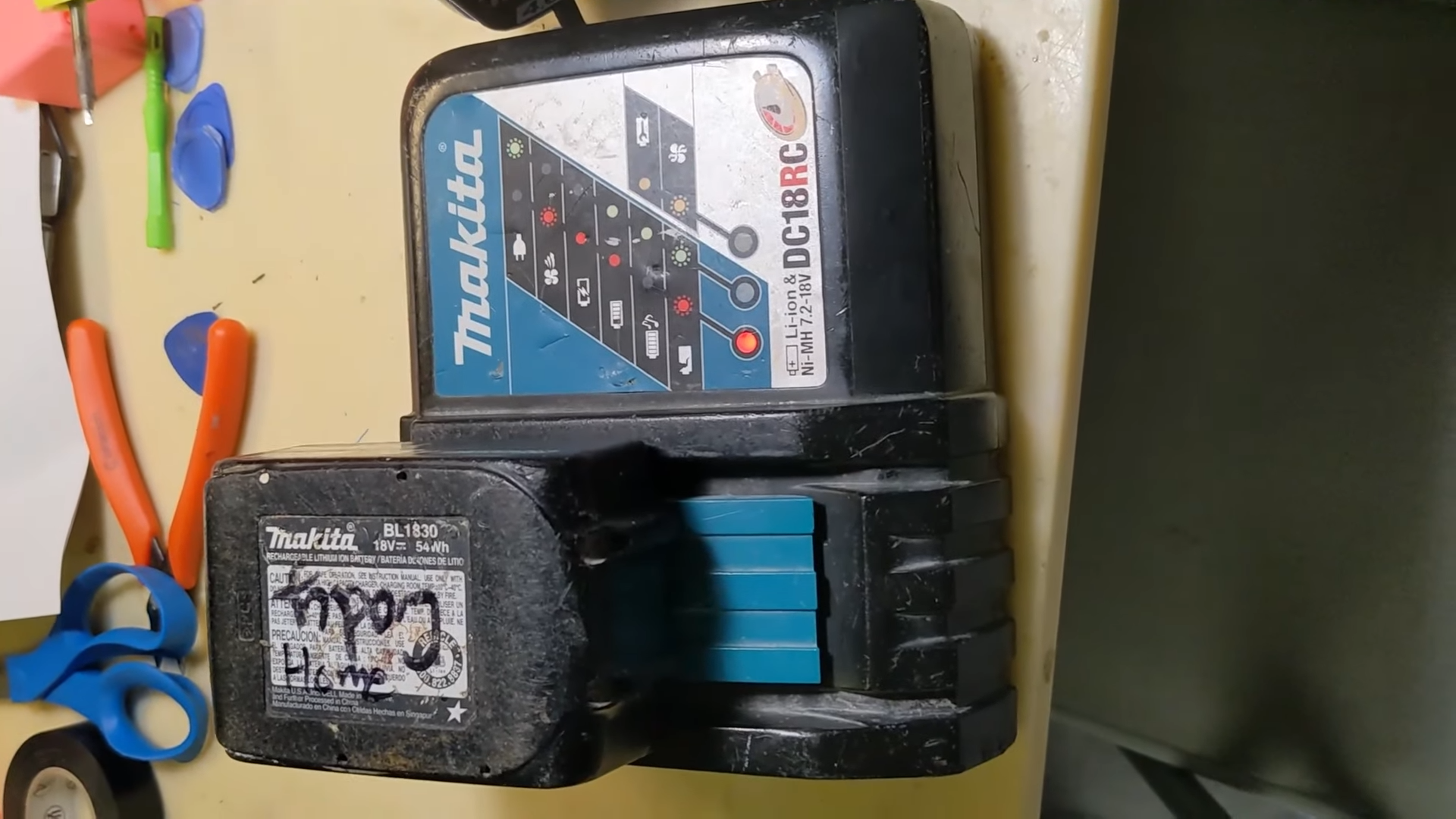https://medium.com/artifact-news/shutting-down-artifact-1e70de46d419
We have built something that a core group of users love, but we have concluded that the market opportunity isn’t big enough to warrant continued investment in this way.
After the whole mess with Reddit closing down it’s app for stupid reasons, I was kind fo on the search for a “new social news app”. I’ve sort of just, expanded out into using a few different apps more, also fueled by Twitter ending becoming a shithole.
One of those ended up being Artifact News. It seemed to have a few bugs, for the longest time I couldn’t upload a profile pic, for example, but it worked alright. The news feed was a little more AI-focused than I really would have liked, but it was something. For the most part, RSS has just been my defacto news source anyway.
The closing though, which I learned about in Artifact, felt a little sudden. I mean, I’m not out anything aside from a reading streak, but it’s kind of disappointing because I did like the app. I have been sort of trying to use Post.news as a replacement, but Post has this weird points system. Honestly, my irritation is more with the likely reason it is closing.
It wasn’t profitable, ENOUGH.
Heck, I don’t know the financials, maybe it was hemorrhaging money. A good model they might have gone for is charging a (reasonable) subscription, to remove ads from the articles. I don’t mind paying for news, I like the idea actually, especially if it means removing advertising cancer. I dislike paying for, 20 news sites, at $10+/month. Give me a way to bundle that for $10/month. I don’t read that much news that I need to spend a ton for unlimited whatever.
But I’m getting off track, my issue, and worry is that so many businesses are OBSESSED with endless, constant growth. This company was probably created by some investment group hoping to have 200% growth every month and it was only like, 10% growth every month, so it just, wasn’t good enough.
That shit’s annoying.
What I kind of want is basically, “Tumblr but News Articles”. A feed of news, that I can repost and comment on or like. Artifact didn’t seem to have the repost/reshare aspect, but it had likes and comments.
I’m actually considering posting a few more “commentary on news stories” style posts on the blog, as a sort of, substitute. I already have the little (sort of) daily news digest posts of interesting stories, but sometimes I like to add some context to the links. I actually put in a suggestion on the FreshRSS website that a “notes” box on articles could be useful, especially if your personal notes appear in the shared RSS feed. There is still no liking posts there though. In theory, the Indieweb could solve that issue, but I doubt there is enough demand. That said, sometimes I read a story in my RSS aggregator, and then hit the little “Star Icon” and then have this sort of sad moment of, “Oh yeah, that’s not a like, no one sees that but me.” I could comment more but it seems kind of lame to just leave a spammy-looking comment like “Great content”. WordPress has a like feature, and a follow feature, but the internet isn’t WordPress alone.
I’ll figure something out eventually.


